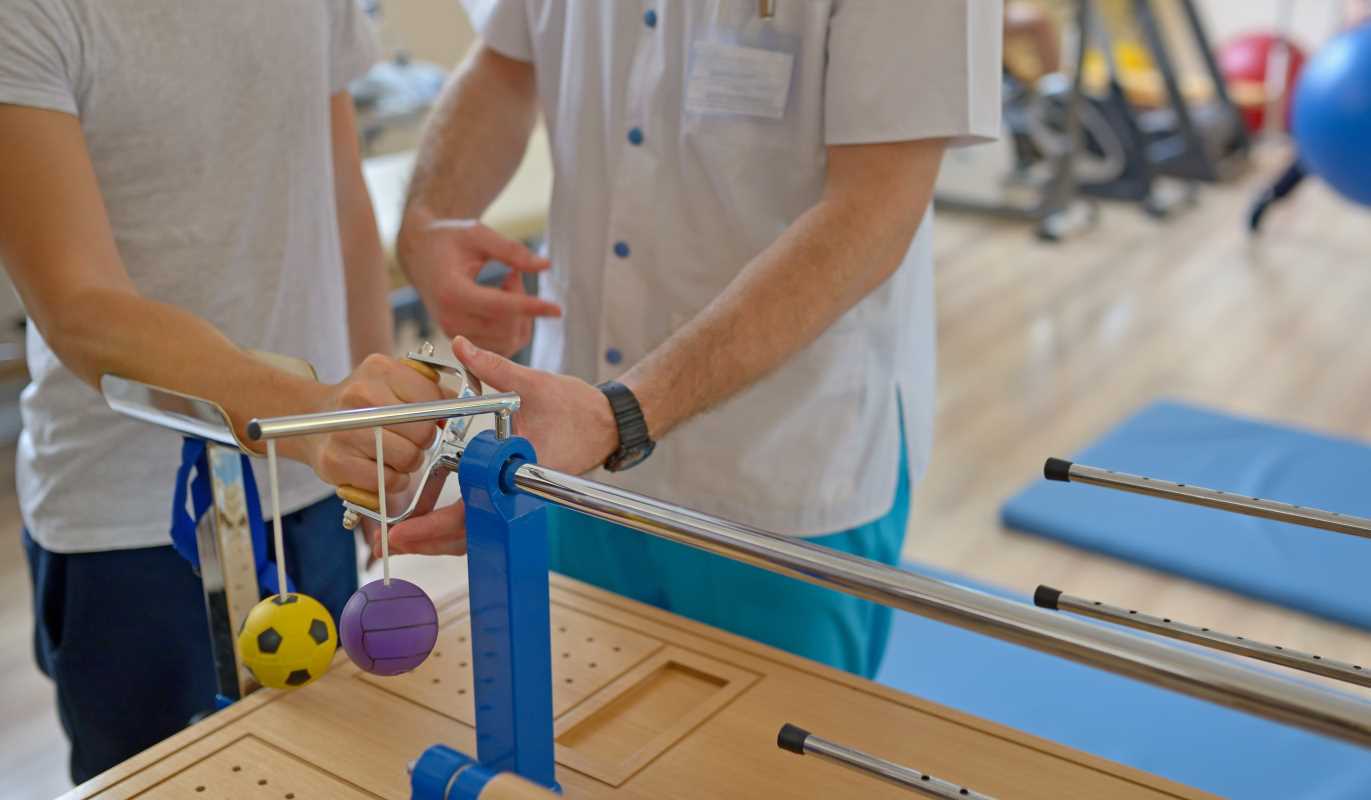Osteoporosis is often called the "silent disease" because it develops without noticeable symptoms until a fracture occurs. This condition weakens bones, making them brittle and more likely to break even with minor falls or injuries. For patients living with osteoporosis, managing the risk of fractures is critical to maintaining quality of life and independence. Fortunately, with early diagnosis, the right treatments, and proactive lifestyle changes, fracture risks can be significantly reduced.
Why Early Diagnosis and Treatment Matter
Early detection of osteoporosis allows for timely intervention, which can prevent severe bone loss and reduce fracture risks. A common method for diagnosing osteoporosis is a bone density test, also known as a DXA scan. This painless procedure measures bone density and identifies whether you are at risk of developing fractures.
Once diagnosed, your healthcare provider will develop a treatment plan tailored to your needs. By starting treatment early, you can strengthen your bones and take steps to prevent fractures before they occur.
Lifestyle Changes for Stronger Bones
Everyday habits have a significant impact on bone health and fracture prevention. By making certain lifestyle changes, you can help protect your bones and reduce the likelihood of falls.
1. Stay Physically Active
Weight-bearing and strength-training exercises are excellent for bone health. Activities like walking, jogging, yoga, or using resistance bands can improve bone density, muscle strength, and balance, all of which lower the risk of falls and injuries.
2. Quit Smoking and Limit Alcohol
Smoking weakens bones and accelerates bone loss, while excessive alcohol consumption can impair calcium absorption and increase fall risks. Avoiding these substances can have positive effects on overall bone health.
3. Maintain a Healthy Weight
Being underweight can increase the risk of fractures, while being overweight can place excess stress on bones and joints. A healthy, balanced weight provides the best support for bone health.
Dietary Considerations for Bone Health
Nutrition plays a vital role in maintaining bone strength. Certain nutrients are especially important for osteoporosis patients, as they directly affect bone density and overall skeletal health.
- Calcium is a key component of bones. Aim for calcium-rich foods like dairy products (milk, yogurt, cheese), leafy greens (kale, spinach), fortified plant-based milks, and fish like salmon or sardines with bones.
- Vitamin D helps the body absorb calcium effectively. Spend time in sunlight or consume fortified foods, fatty fish, or supplements to ensure adequate vitamin D levels.
- Magnesium and Vitamin K support bone health in various ways. Add nuts, seeds, whole grains, and vegetables like broccoli or Brussels sprouts to your diet.
- Protein is essential to maintain muscle mass and bone strength. Include lean meats, tofu, eggs, and legumes to ensure you get enough protein daily.
Medications to Strengthen Bones
For many osteoporosis patients, lifestyle and diet alone may not be enough to manage the condition. Medications can offer additional support by slowing bone loss, promoting bone formation, or reducing fracture risks.
Common Medications for Osteoporosis:
- Bisphosphonates (e.g., alendronate, risedronate): These medications slow the breakdown of bone, helping to maintain or improve bone density.
- Hormone Therapy (or SERMs): Estrogen therapy, or selective estrogen receptor modulators like raloxifene, may be recommended for postmenopausal women to reduce bone loss.
- Denosumab: This injectable medication helps prevent bone resorption and is often prescribed for patients who cannot tolerate oral medications.
- Teriparatide and Abaloparatide: These drugs stimulate new bone formation and are typically reserved for severe cases of osteoporosis.
- Vitamin D and Calcium Supplements: If dietary intake is insufficient, supplements may be prescribed to ensure proper nutrient levels.
Always consult your doctor before starting or stopping any medication, as they will determine the most appropriate treatment based on your specific needs.
Practical Tips for Fall Prevention
Since most fractures in osteoporosis patients are caused by falls, reducing fall risks is a critical step in managing the condition. Here are some effective measures you can take:
At Home:
- Declutter Living Spaces: Keep floors clear of cords, rugs, or other tripping hazards.
- Install Safety Features: Add grab bars in bathrooms, non-slip mats in tubs, and handrails on stairs for extra support.
- Ensure Adequate Lighting: Proper lighting in hallways, staircases, and other areas can reduce accidental trips.
Outdoors:
- Wear Supportive Shoes: Choose non-slip, comfortable footwear to provide better grip on uneven surfaces.
- Be Cautious of Weather: Avoid walking on icy or wet pavement when possible. Use walking aids if necessary for added stability.
General:
- Address Vision Issues: Regular eye exams ensure that your vision remains sharp, helping to avoid unseen obstacles.
- Improve Balance and Strength: Engage in exercises like tai chi or balance training to reduce fall risks.
Sustaining Bone Health Over Time
While managing osteoporosis requires effort, these proactive steps can lead to significant improvements in bone strength and overall well-being. Collaborating with healthcare providers, staying consistent with treatments, and fostering healthy habits are key to reducing fracture risks and maintaining independence.
Finally, remember to celebrate every small step forward. Whether it’s increasing your calcium intake, taking a daily walk, or making your home safer, these efforts add up to a healthier future, with stronger bones and fewer risks. By staying informed and proactive, you can feel empowered to manage osteoporosis and live life to the fullest.







